




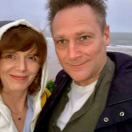


 企业认证
企业认证
 担保交易
担保交易
商品二维码

扫码购买及分享
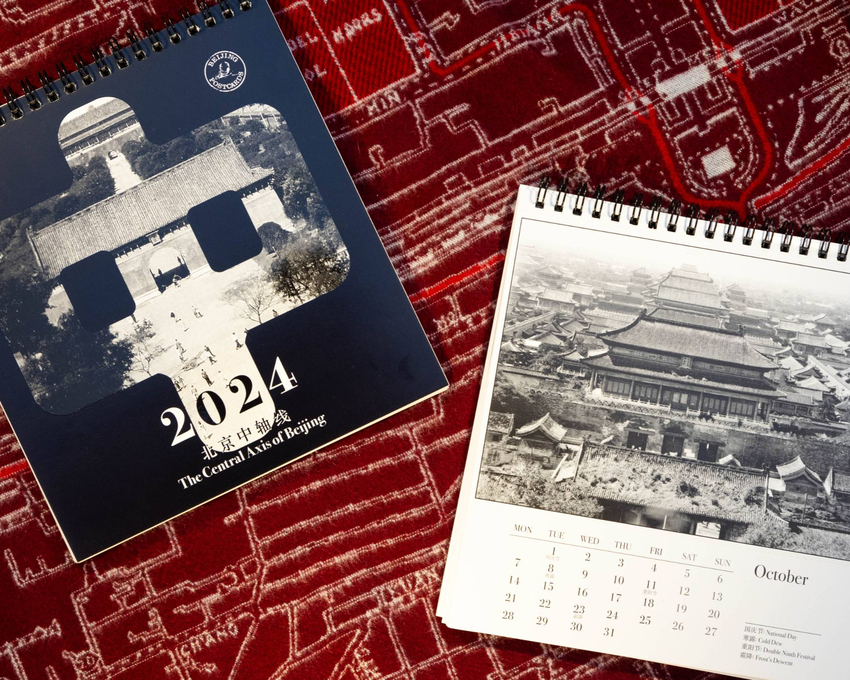
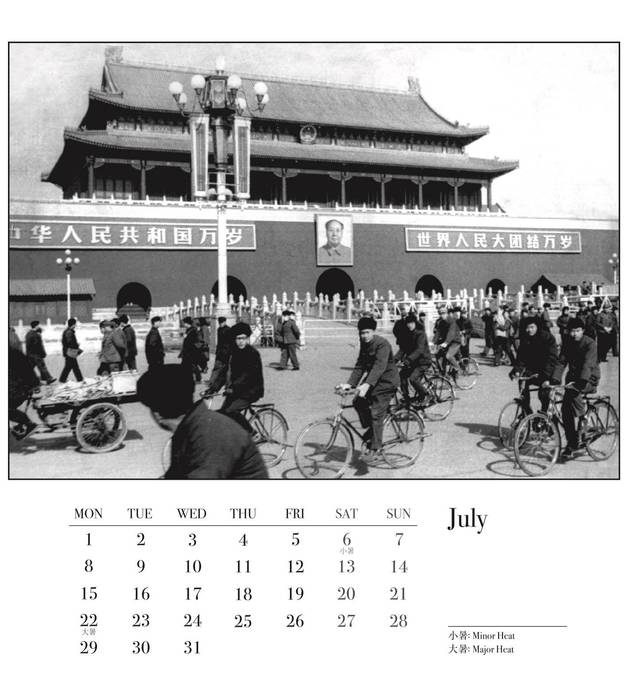
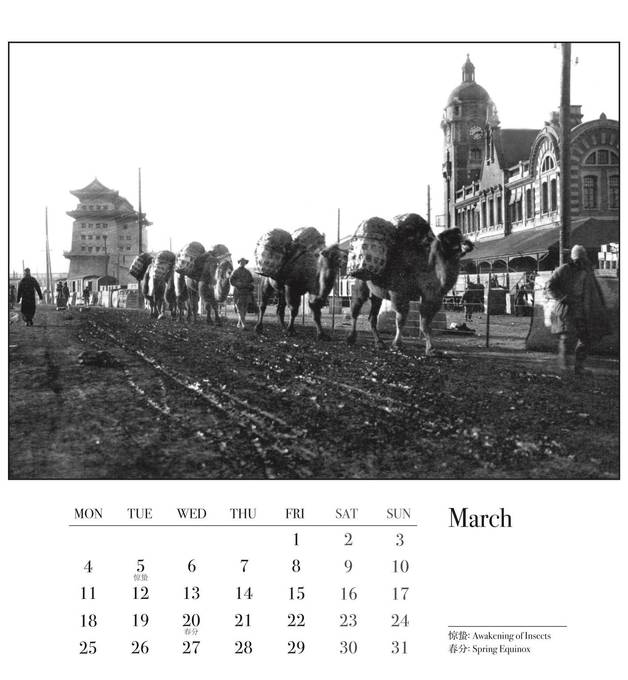
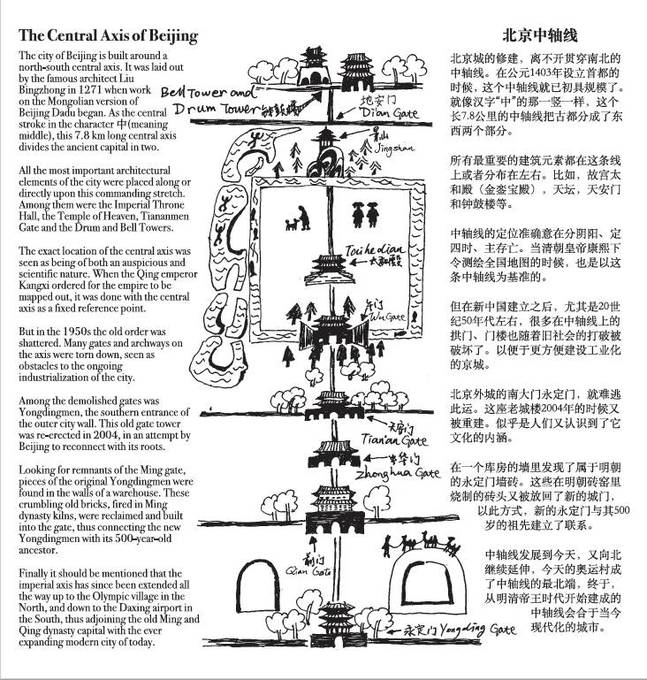
The Central Axis Calendar 2024
价格 : ¥ 60
邮费 : ¥8.00
Calendar : One Copy Two copies
数量 : -1+ 库存 : 不限量




The Central Axis Calendar 2024
¥ 60.00
邮费: ¥8.00
浏览 : 874
商品详情
商品评价
The Beijing Postcards 2024 calendar celebrates the historical transformation of the Central Axis of Beijing.
The new 2024 calendar include 12 historical pictures of the architectures along the north-south Central Axis, with explanations on the back. They can be taken off and used as postcards.
When Beijing was constructed in its present location by the Mongolian leader Kubilai Khan, it was of the utmost importance to the Khan, that the capital was constructed along a central north-south axis, because in this way the sun, the moon and the stars above would revolve around the the Imperial Palace the center of the Chinese world.
Kubilai Khan was so concerned about this matter that he asked his master city planner Liu Binzhong, how he could be sure that the Axis of Beijing was actually pointing straight north. Liu Binzhong faced his superior and said: “because of that tree” while he pointed to a tree that originally stood outside the south gate of Mongolian Yuan Dynasty Beijing, this gate is today the Tiananmen Gate, sadly the tree is no more, but it is interesting coincidence that it most have been located almost exactly where the flagpole is standing on the Tiananmen Square today.
By looking at the polar star from the crown of this majestic plant and observing when the shadow the tree cast was the longest, straight north had been determined. According to Mongolian Yuan Dynasty archives people at certain times a year pray to the fantastic plant that had determined the layout of the capital.
The Central Axis is today seen as one of the most important elements of old Beijing, the Beijing city government is even hoping to get the 7.8 kilometer long stretch UNESCO preserved, but if we look in to the imperial archives, there is not a single mentioning of a central axis, so what is all the fuss about?
The Bell and Drum Tower (right) seen from the frozen Qianhai Lake 1925. For centuries opening and closing of the city gates in Beijing were coordinated by the sounds of the Drum and Bell Towers. Significantly different from western style clock towers, they were not used during the day. The bell would sound once at sunset, and once more at sunrise, together with the drums, marking the night curfew of Beijing. There was no such thing as a silent night. The Drum Tower would sound every second hour all through the night, and the extensive night patrol of Beijing would strike hollow bamboo pieces together in order to coordinate their beats. In 1793 the British visitor Lord Macartney, did not sleep at all, because of all these unfamiliar noises.
Well during the dynasties this majestic thoroughfare was called the imperial axis, because the 7.8km stretch starting in the south with the Yongdingmen gate, cutting right through the Forbidden City and ending in north by the Drum and Bell Towers was only for the emperor to walk.
The Central Axis of Beijing is a modern term coined by the famous Chinese architect Liang Sicheng. He came up with the expression as a product of his pioneering work describing and preserving traditional Chinese architecture. To him the Central Axis was the backbone of the city with all the most important buildings placed either directly on the Axis or next to it.
Liang fought a brave battle to keep old Beijing intact. He wished for the city wall to be kept intact, but in the 1950s, during the great industrialization of the city the wall was torn down and even the southern most point of the central axis the Yongdingmen gate was demolished. In this way the Imperial spine of Beijing, had been decapitated and came across as a peeled carcass. New Beijing after 1949 was not constructed from north to south but alongside another Axis the east-west bound Changan Avenue.
But when Beijing prepared for the 2008 Olympics the Axis enjoyed a resurrection, when it was prolonged to the Olympic city, and just like the Temple of Heaven and Temple of Agriculture used to represent the male Yang element to the east and the female Ying element to the west. The Olympic main station and the Nest and the Water Cube were constructed on either side of the Axis to mirror the old order, and only a couple of years ago the south end of the Axis prolonged down to the new Daxing Airport.
 加入购物车
加入购物车
 友付提供技术支持
友付提供技术支持
www.yoopay.cn
400.0697.118